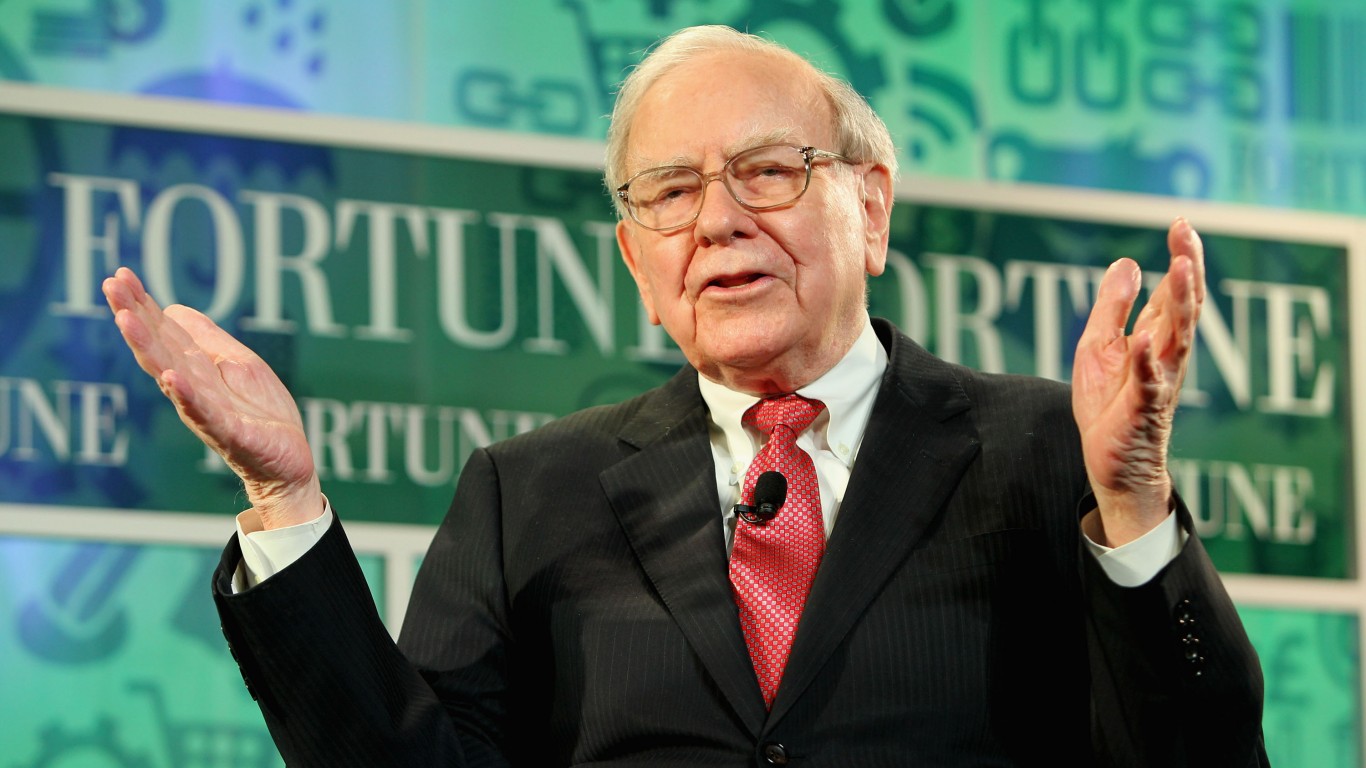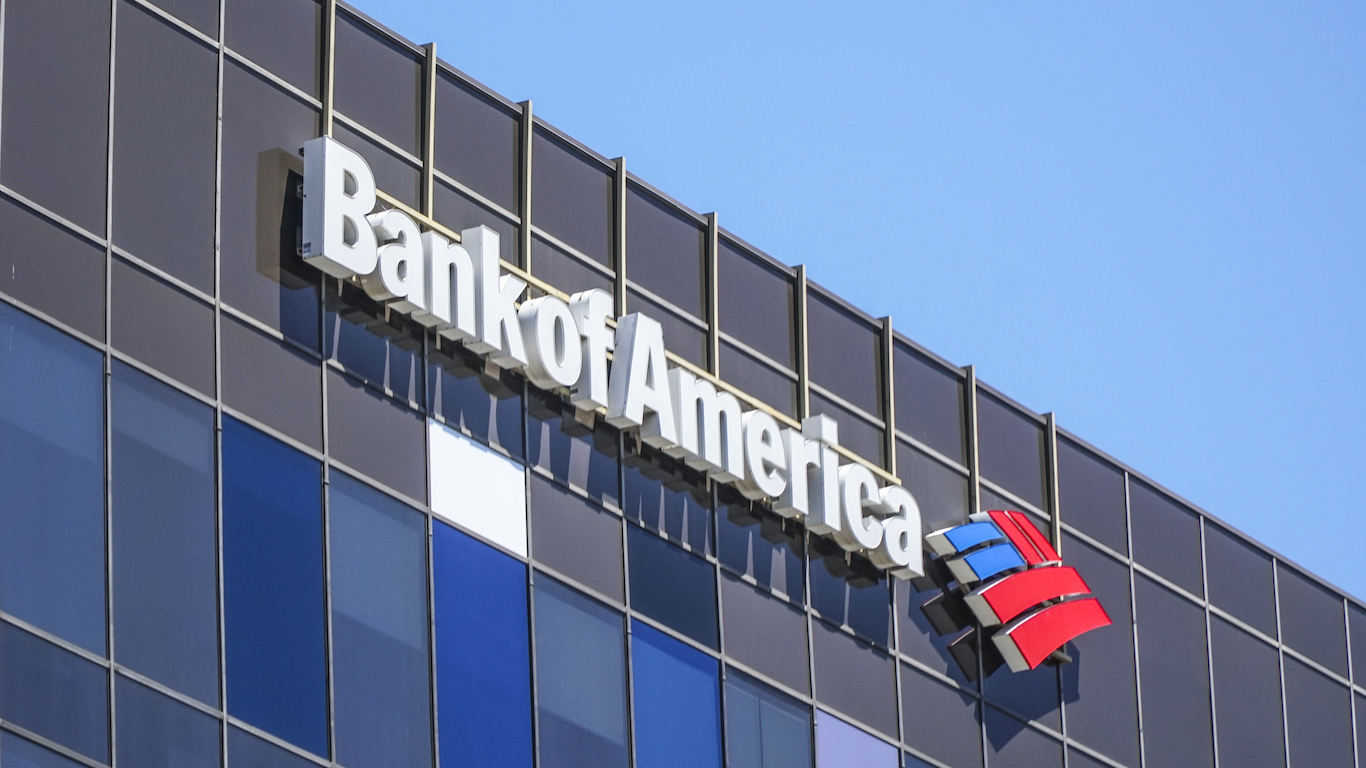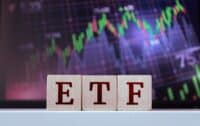From Ticker Sense
While put/call ratios are generally thought to be contrarian signals, there is one measure which many believe gives an accurate view of the market. This indicator is the S&P 100 Index option put/call ratio, and it measures the number of puts vs. calls traded on the S&P 100. When this indicator rises, it is supposed to signal that the smart money is taking profits, and a correction is ahead. But how reliable is the indicator? We’ll let you see for yourself.
In the charts below, we plot the S&P 500 (top chart) vs. the OEX put/call ratio. The red dots in the S&P 500 chart indicate days where the 10-day average put/call ratio exceeded 1.5 i.e., for every call traded, one and a half puts were also traded. As the chart details, this indicator did an excellent job of predicting the October ’05 and May ’06 corrections, but since then there have been several occurrences where this indicator exceeded 1.5 yet the market has kept on chugging.

Are You Still Paying With a Debit Card?
The average American spends $17,274 on debit cards a year, and it’s a HUGE mistake. First, debit cards don’t have the same fraud protections as credit cards. Once your money is gone, it’s gone. But more importantly you can actually get something back from this spending every time you swipe.
Issuers are handing out wild bonuses right now. With some you can earn up to 5% back on every purchase. That’s like getting a 5% discount on everything you buy!
Our top pick is kind of hard to imagine. Not only does it pay up to 5% back, it also includes a $200 cash back reward in the first six months, a 0% intro APR, and…. $0 annual fee. It’s quite literally free money for any one that uses a card regularly. Click here to learn more!
Flywheel Publishing has partnered with CardRatings to provide coverage of credit card products. Flywheel Publishing and CardRatings may receive a commission from card issuers.
Thank you for reading! Have some feedback for us?
Contact the 24/7 Wall St. editorial team.





